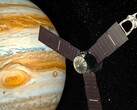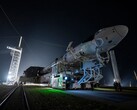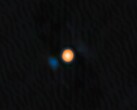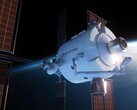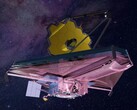A SpaceX Falcon 9 rocket successfully launched NASA’s TRACERS mission on Wednesday from Vandenberg Space Force Base in California. The launch proceeded after a 24-hour delay; a previous attempt was stood down due to the Federal Aviation Administration's airspace concerns.
The TRACERS satellites will help understand magnetic reconnection and its impact on the Earth and its atmosphere. Magnetic reconnection refers to explosive space weather events that occur when activity from the Sun interacts with Earth’s magnetic field.
The TRACERS satellites were not the only NASA-affiliated satellites on the flight — there were three others on board:
- Athena EPIC: This is a small satellite, the first to use NovaWurks' SensorCraft architecture — An architecture NASA is testing for its effectiveness. This new architecture incorporates the Hyper-Integrated Satellite (HISat) technology, a new tech aimed at reducing the cost of spacecrafts and increasing efficiency.
- PExT: This satellite is also a pioneer of technology; it is equipped with a technology that allows spacecraft to communicate with both private and government networks. PExT stands for Polylingual Experimental Terminal.
- REAL: Short for Relativistic Electron Atmospheric Loss, this satellite features an energetic particle instrument that is sensitive to protons and electrons alike. Developed by Maverick Space Systems, this satellite will provide insight into the loss of particles from Earth’s Van Allen radiation belts.
Following the deployment of the satellites as confirmed by SpaceX on X about 12 hours ago, these satellites will be prepared and calibrated as required and will begin operation in due time.
Fun fact: Since its debut in 2010, the Falcon 9 has completed over 500 successful launches, and more than 60 since the beginning of the year.






